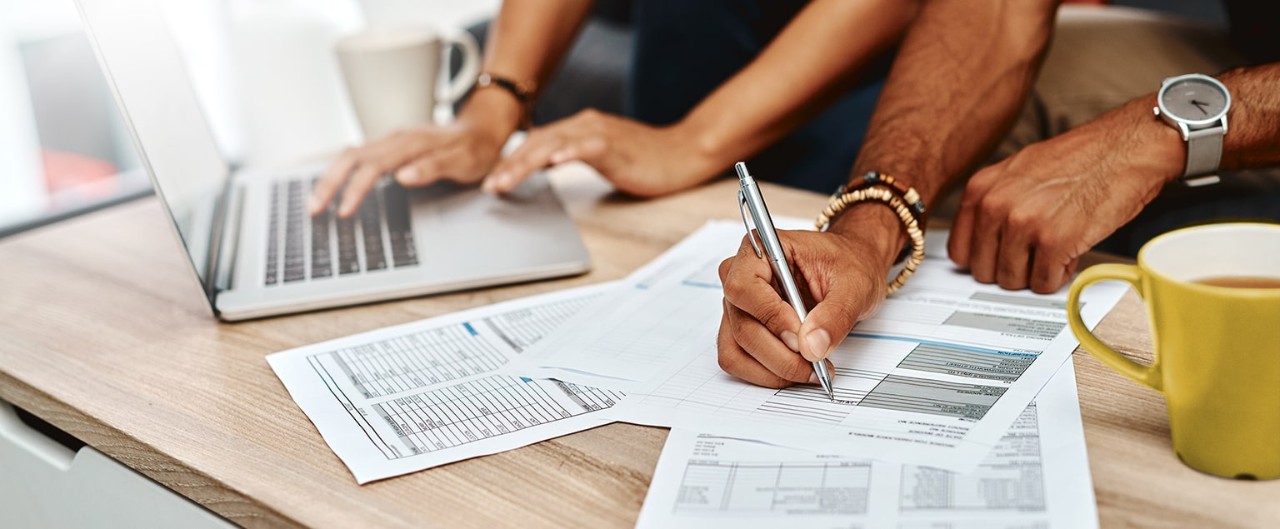

how to budget money
don't let life get in your way
We’ve all heard we need to get on a budget and focus on saving more money. A recent study by Bankrate found 25% of Americans have no emergency savings and another 26% have less than three months’ living expenses in their savings account. This means over half of Americans are unprepared for an unexpected event like job loss or illness.
There are tons of information out there on how to save more money, but most of the tips, like skipping buying coffee or packing your lunch, don’t address how to actually save more. One way to look at it is to save money you need to spend less than you save. The best way to start saving more money is to get yourself on a budget and stick to it.
But how do you get started?
Evaluate yourself
The first step of planning and creating a budget is to look at your current finances and think about how you spend your money and on what. Be honest with yourself about your wants, needs, and goals. Some good questions that can help you get started are:
- What expenses do you have?
- Where do you spend money on fun?
- Do you have a hard time separating needs from wants?
- Do you have a budget?
How to budget
The 50/30/20 is a popular method for budgeting that is easy to understand and visualize. This rule divides your income into three categories: 50% for needs, 30% for wants, and 20% for savings and debt repayment. Using a 50/30/20 calculator can help determine how much of your finances need to go into these categories.
- Needs = 50% of your income: Necessities are the expenses you can’t avoid. The portion of your budget should cover costs such as: housing, food, transportation, insurance, basic utilities, etc.
- Wants = 30% of your income: Knowing the difference between needs and wants can be difficult. Generally, wants are the extras that aren’t essential to living or working. These may include monthly subscriptions, travel, entertainment, meals out, etc.
- Savings and Debt = 20% of your income: You should devote this part of your income to pay down existing debt and create a comfortable cushion to avoid taking on future debt.
What to do with your extra cash
After a couple of months of following your budget, you’ll start to see some extra money in your account. Take a moment and pat yourself on the back, this is what you’ve been working toward. Use the money you’ve been saving to start an emergency fund. An easy way to automate your emergency fund is to set up automatic transfers from your paycheck to a savings account once you have gotten on a budget. That way you don’t need to worry about remembering to move money.
The importance of an emergency fund
Your emergency fund is like insurance against the unknown. Life happens, cars break down, people get sick, and employment changes. An emergency fund gives you peace of mind in the event of a rainy day. A good first goal for your emergency fund should be to build it to $500. Once you hit $500, you can build up to three months of expenses, the recommended minimum for an emergency fund. Then here you can keep saving to increase your fund or you can start saving money earmarked for other things, like a house, a new car, or even a vacation.
Once your emergency fund has the amount in it that makes you feel comfortable, it is important to leave the money there and not spend it unless you have a real emergency.